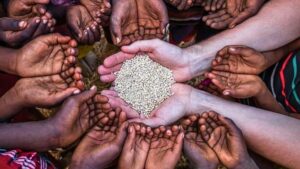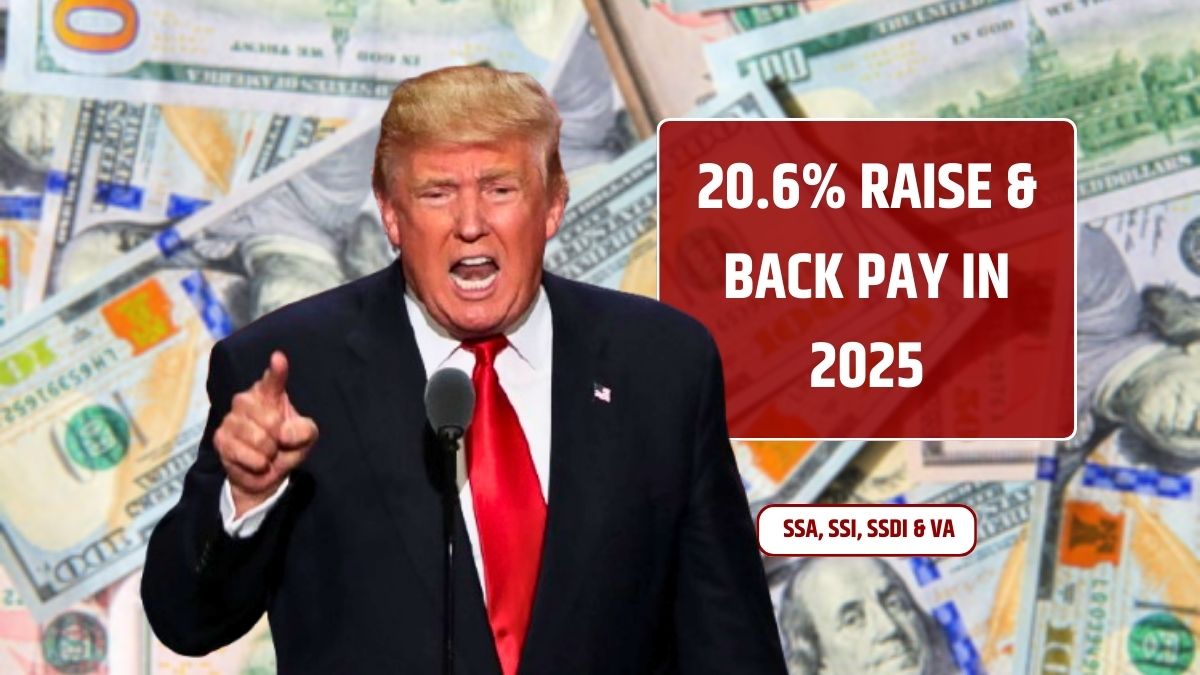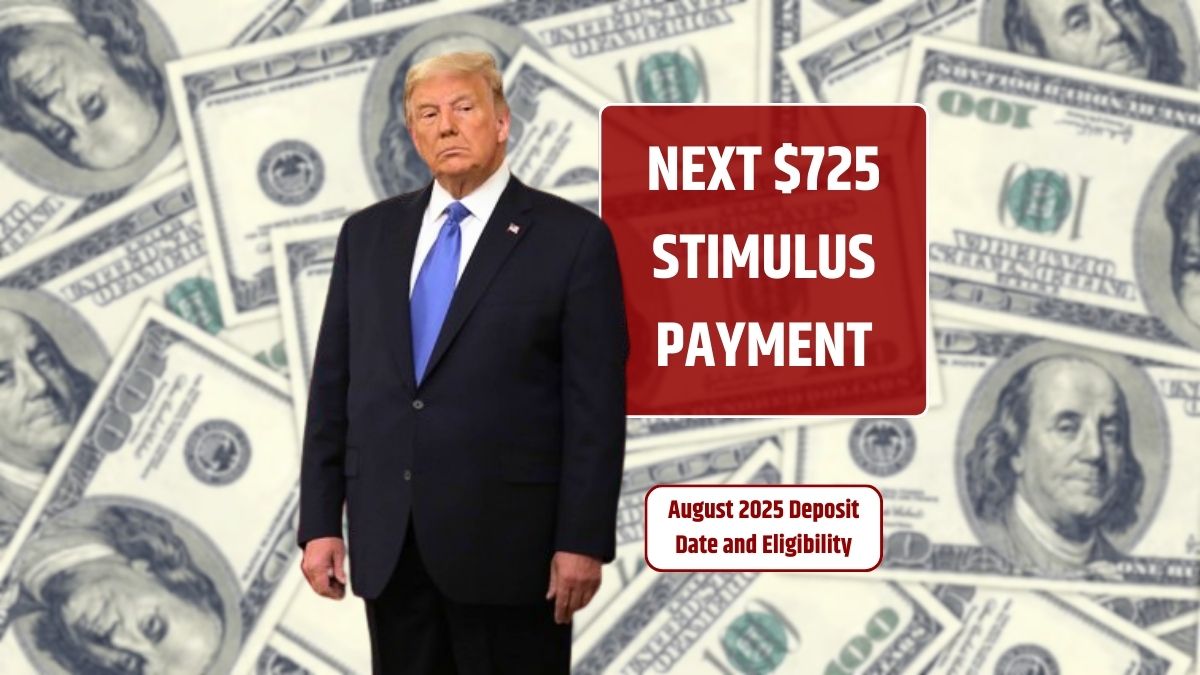A new report published by the medical journal The Lancet warns that President Trump’s decision to slash U.S. funding for foreign humanitarian aid could lead to over 14 million additional deaths by 2030, many of them preventable. According to the research, young children will be the hardest hit, with more than 4.5 million children under five potentially among the dead.
The findings come as the United States, under the Trump administration, implements sweeping cuts to the U.S. Agency for International Development (USAID), the world’s largest government donor to humanitarian and development efforts. The cuts amount to over 80 percent of the agency’s programming and were announced in March by Secretary of State Marco Rubio.
Impact
USAID has been at the core of the U.S. global humanitarian presence for decades. It has helped fund antiretroviral drugs for millions living with HIV, supported small-scale agriculture in food-insecure nations, and offered crucial disaster response during major crises like the 2010 Haiti earthquake and the 2014 Ebola outbreak in West Africa. Its reach spans over 130 countries and affects almost every major health and development sector.
Now, those gains are in jeopardy.
According to the report, the sudden drop in funding could cause:
- An 88% cut to maternal and child health programs
- An 87% reduction in epidemic monitoring
- A 94% cut in reproductive health and family planning efforts
These programs have previously helped stabilize fragile regions, reduce disease outbreaks, and improve life expectancy in some of the world’s most vulnerable communities.
Forecast
To understand what might happen without USAID’s support, a group of international researchers studied two decades of data from 133 countries. Their models suggest that the aid provided between 2001 and 2021 helped prevent over 90 million deaths.
Using an 83 percent funding reduction as their baseline, the same model forecasts that more than 14 million additional deaths could occur by 2030 if current cuts are not reversed. This prediction assumes no new global donor steps in to fill the gap—and so far, that seems to be the case.
Leadership
Oversight of the cuts has fallen to Elon Musk, who was appointed to lead the Department of Government Efficiency. The department has been tasked with slashing what the Trump administration sees as bloated federal spending. While the moves align with Trump’s wider efforts to shrink government, humanitarian organizations say the lack of a transition plan has already caused widespread disruption.
In U.S. courts, legal challenges are underway to reverse the cuts, but the outlook remains uncertain. Even if lawsuits succeed, the timeline for restoring services is unclear—and that delay alone could cost millions of lives.
Global Effect
Other Western donors, rather than compensating for the U.S. pullback, are also scaling down their aid budgets. That means there is now a significant global funding shortfall that threatens to reverse 30 years of progress in global health and poverty reduction.
The timing is especially dangerous. The world is grappling with a polycrisis—a mix of overlapping threats including war, climate change, and rising geopolitical instability. Removing humanitarian lifelines now, experts say, could be disastrous not only for the countries directly affected but for global stability as a whole.
Development Goals at Risk
Perhaps most concerning is the threat these cuts pose to achieving the Sustainable Development Goals (SDGs) by 2030. These 17 goals—focused on ending poverty, improving health, and promoting peace—are already off track in many regions. The U.S. aid cuts could push several of them entirely out of reach.
The authors of the Lancet study conclude that unless these funding decisions are reversed quickly, the international community will face not just a humanitarian disaster, but a collapse of decades’ worth of public health, development, and global cooperation.
FAQs
How many deaths could the aid cuts cause?
Over 14 million by 2030, says The Lancet.
Which age group is most at risk?
Children under five are expected to be hardest hit.
Who oversees the aid cuts?
Elon Musk leads the Department of Government Efficiency.
What programs are most affected?
Maternal health, disease monitoring, and family planning.
Are other countries filling the gap?
No. Many are also reducing aid, creating a funding crisis.












